When Americans think of friendly snakes, the common garter snake often slithers to the top of the list. These ubiquitous reptiles, found in gardens and wilderness areas across North America, have earned a reputation as the continent’s most approachable serpent. With their distinctive striped patterns and relatively docile nature, garter snakes have become ambassadors of sorts for their much-maligned reptilian relatives. But is their friendly reputation truly deserved, or is it simply a case of familiarity breeding comfort? This article explores the nature of garter snakes, their behaviors, and how they compare to other snake species that might contend for the title of America’s most friendly snake.
The Widespread Presence of Garter Snakes in American Life
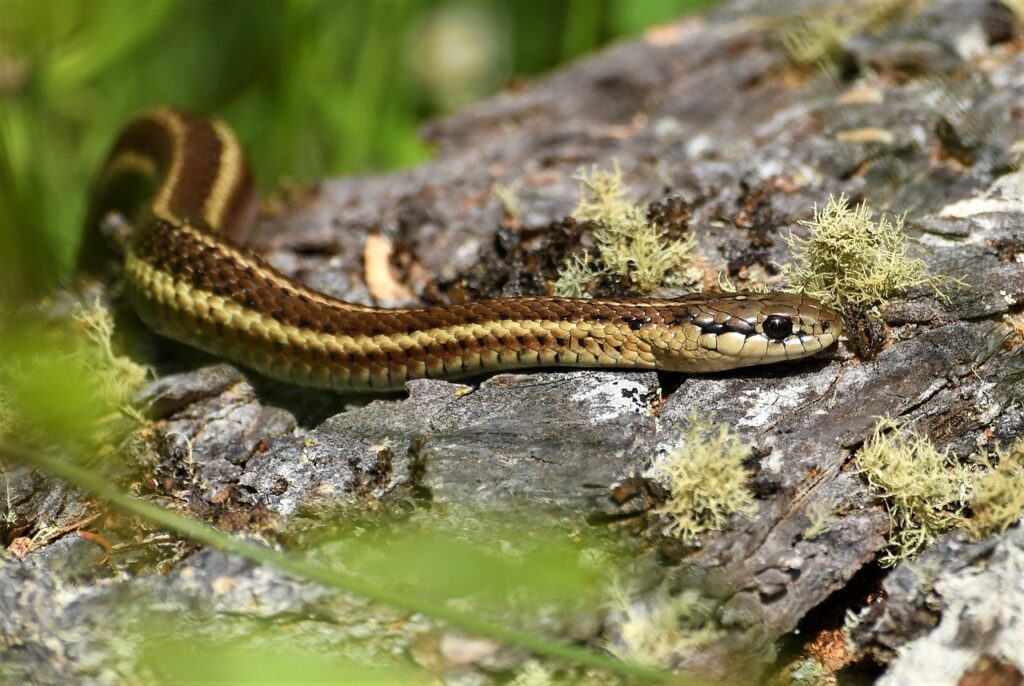
Garter snakes belong to the genus Thamnophis, which includes about 35 species distributed throughout North America. Their remarkable adaptability has allowed them to thrive in diverse habitats ranging from forests and meadows to suburban backyards and even urban parks. This ubiquity means that for many Americans, garter snakes represent their most frequent and often first encounter with wild snakes. Their presence in populated areas creates numerous human-snake interactions, contributing significantly to their reputation as “friendly.” Unlike many other snake species that retreat to more remote locations, garter snakes have maintained their presence alongside human development, creating a familiarity that often translates to comfort and acceptance among people who might otherwise fear snakes.
Understanding Garter Snake Behavior
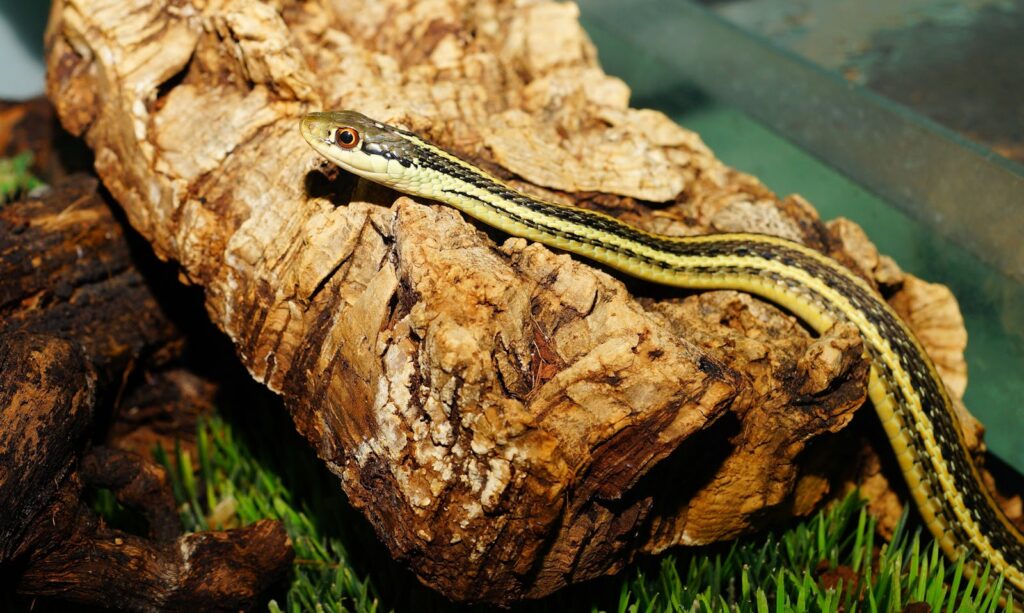
Garter snakes display several behavioral traits that contribute to their reputation for friendliness. They are generally non-aggressive when encountered and will typically attempt to flee rather than confront a potential threat. When handled, they rarely bite, though they may release a foul-smelling musk as a defense mechanism. Their small size—typically 18 to 26 inches in length—makes them less intimidating than larger snake species. Garter snakes are also diurnal, meaning they’re active during daylight hours when humans are most likely to encounter them, creating more opportunities for positive interactions. These characteristics combine to create an impression of a relatively docile, manageable snake that poses little threat to humans.
The Misconception of “Friendliness” in Wild Reptiles
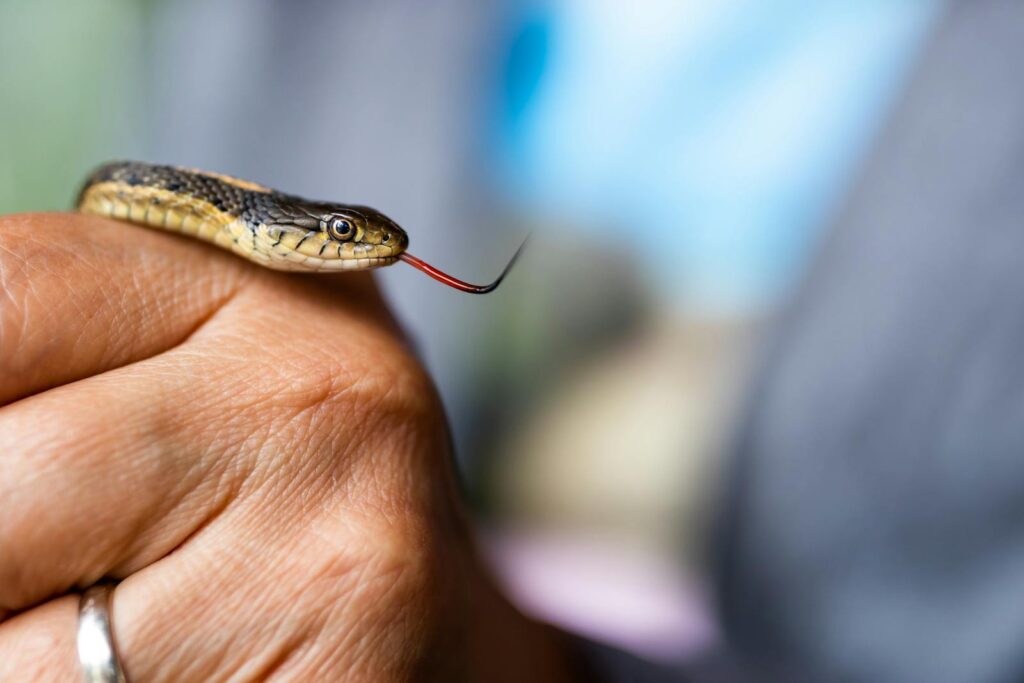
When we describe garter snakes as “friendly,” we’re imposing a human concept on wild animals that don’t experience emotions in the way humans do. Snakes, including garter snakes, don’t form social bonds or seek out companionship—concepts central to human understanding of friendliness. What we perceive as friendliness is often simply a lower defensive response threshold compared to other snake species. Garter snakes may tolerate handling better than some species, but this tolerance isn’t equivalent to the affection or social bonding seen in domesticated mammals. This tolerance likely evolved because their primary defense is escape rather than aggression, and they’ve adapted to environments with frequent non-threatening encounters with larger animals.
Garter Snakes in Captivity: Adaptable Pet Reptiles
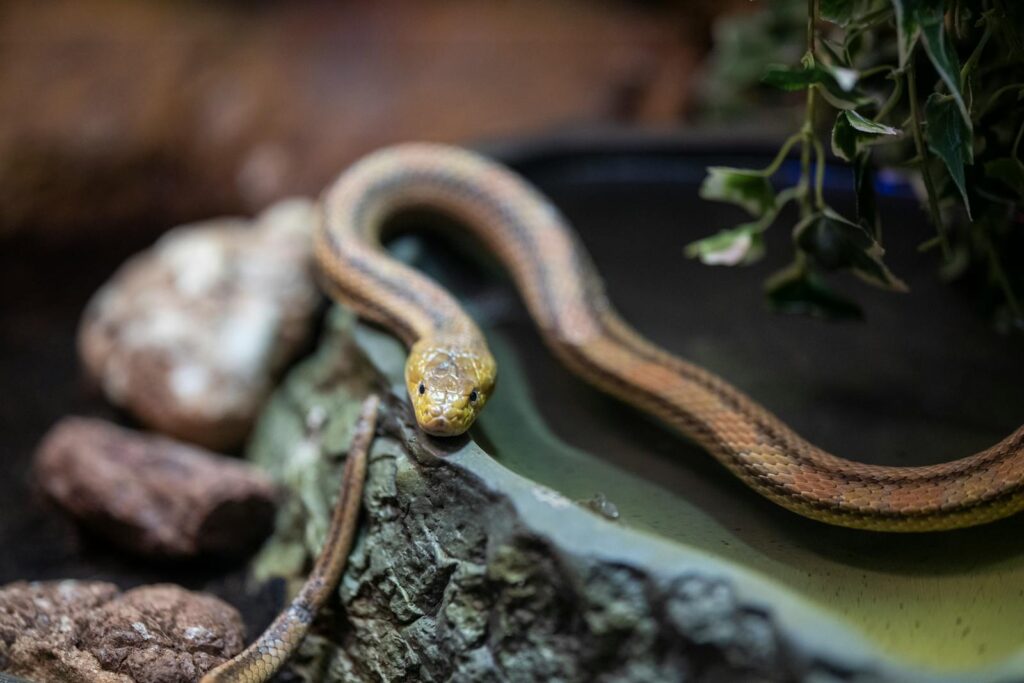
The garter snake’s reputation for friendliness is bolstered by its relative success as a captive pet. These snakes generally adapt well to captivity and can become accustomed to handling with regular, gentle interaction. Their smaller size makes them manageable for beginning snake keepers, and their varied diet—which can include fish, worms, and amphibians—is relatively easy to provide in captivity. Captive-bred garter snakes, raised with human interaction from an early age, often show even greater tolerance for handling than their wild counterparts. Some keepers report their garter snakes recognizing them and showing curious behavior during interactions, though this is likely food association rather than actual social bonding.
Comparing Garter Snakes to King and Corn Snakes
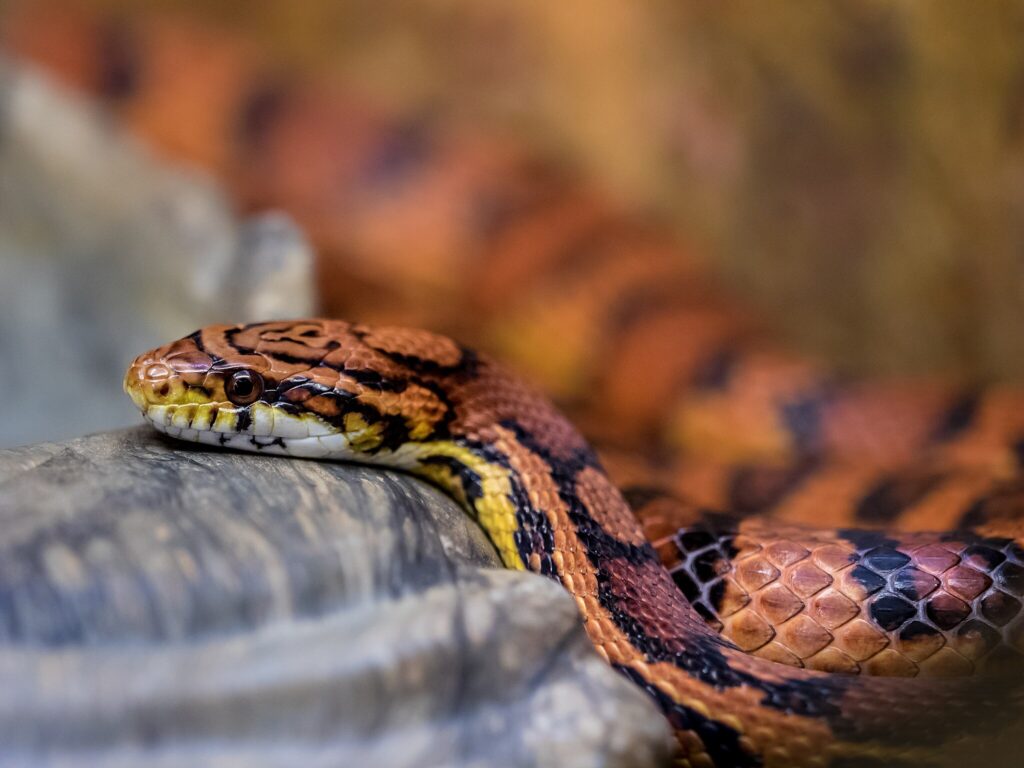
While garter snakes enjoy a reputation for friendliness, other North American species also contend for this title. Corn snakes (Pantherophis guttatus) are widely regarded in the reptile-keeping community as exceptionally docile and tolerant of handling. Their calm temperament and reluctance to bite, even when stressed, makes them popular pets. King snakes, particularly the Eastern King Snake (Lampropeltis getula), also have reputations for docile temperaments once acclimated to captivity. Unlike garter snakes, which may musk when handled, corn and king snakes typically don’t employ this defensive mechanism, making handling a more pleasant experience. These species may actually exceed garter snakes in terms of handling tolerance, though they’re less commonly encountered in the wild by average Americans.
Ball Pythons: The Gentle Giants
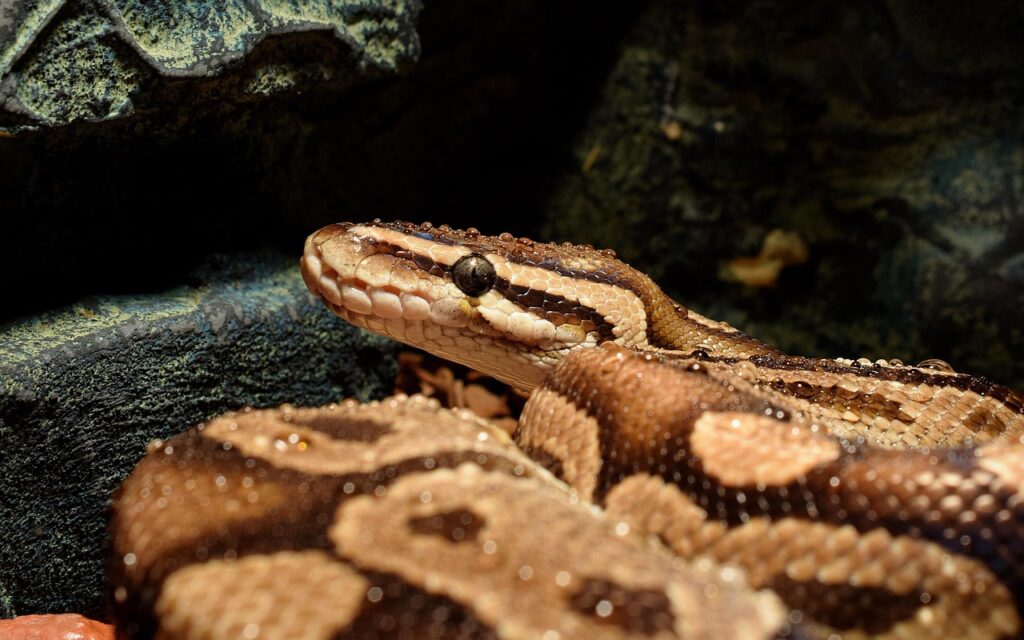
Though not native to North America, ball pythons (Python regius) deserve mention in any discussion of friendly snake species kept in the United States. These African pythons have earned the nickname “the beginner’s python” due to their exceptionally docile nature and reluctance to bite. When threatened, ball pythons typically curl into a ball (hence their name) rather than strike, making them one of the most handleable snake species in captivity. Their calm demeanor and tolerance for regular handling have made them America’s most popular pet python. While they don’t contribute to wild encounters like garter snakes, their prominence in the pet trade has helped reshape many Americans’ perceptions of snakes as potential companions rather than threats.
Defensive Capabilities: The Garter Snake’s Mild Manners
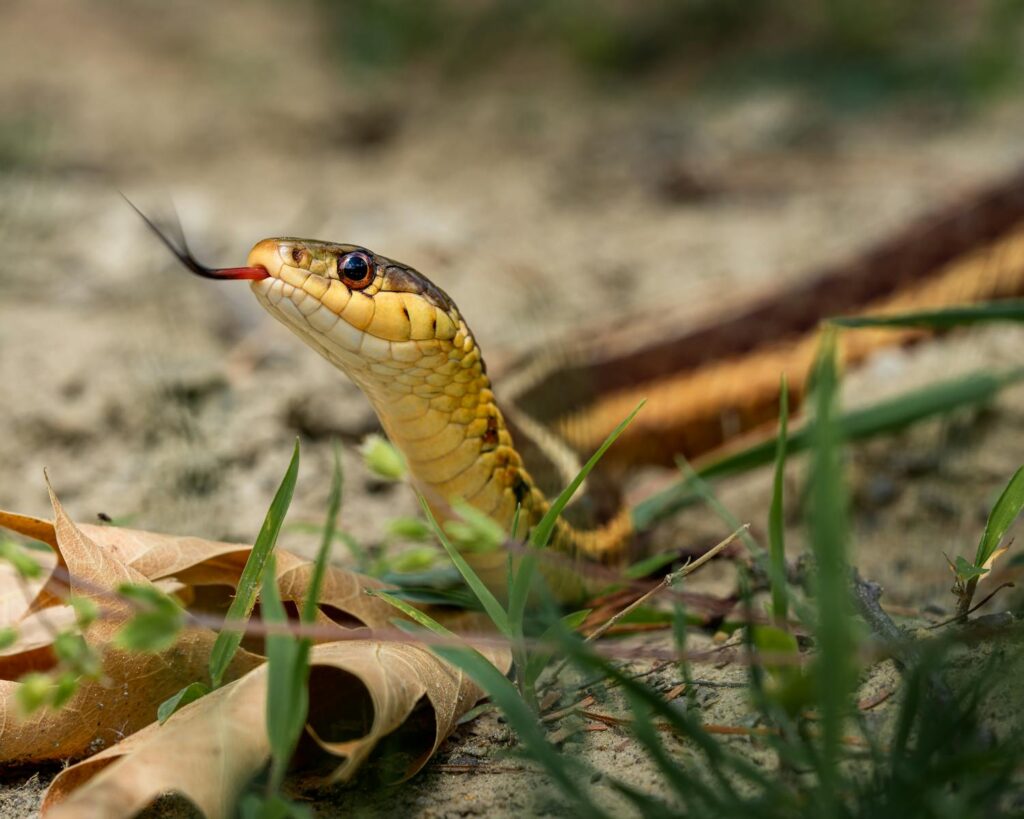
Part of the garter snake’s friendly reputation stems from its limited defensive capabilities. Unlike venomous species with dangerous bites or larger constrictors with powerful jaws, garter snakes possess only mild defenses. Though they technically produce a mild venom delivered through enlarged rear teeth, this venom is extremely weak and poses virtually no threat to humans—most people never even realize they’ve been “envenomated” during a rare bite.
The most unpleasant aspect of a garter snake encounter is typically the musky secretion they may release when handled, which has an unpleasant odor but causes no harm. This relative harmlessness contributes significantly to their perception as a friendly species, as encounters carry minimal risk even when the snake feels threatened enough to deploy its defensive measures.
Regional Variations in Garter Snake Temperament
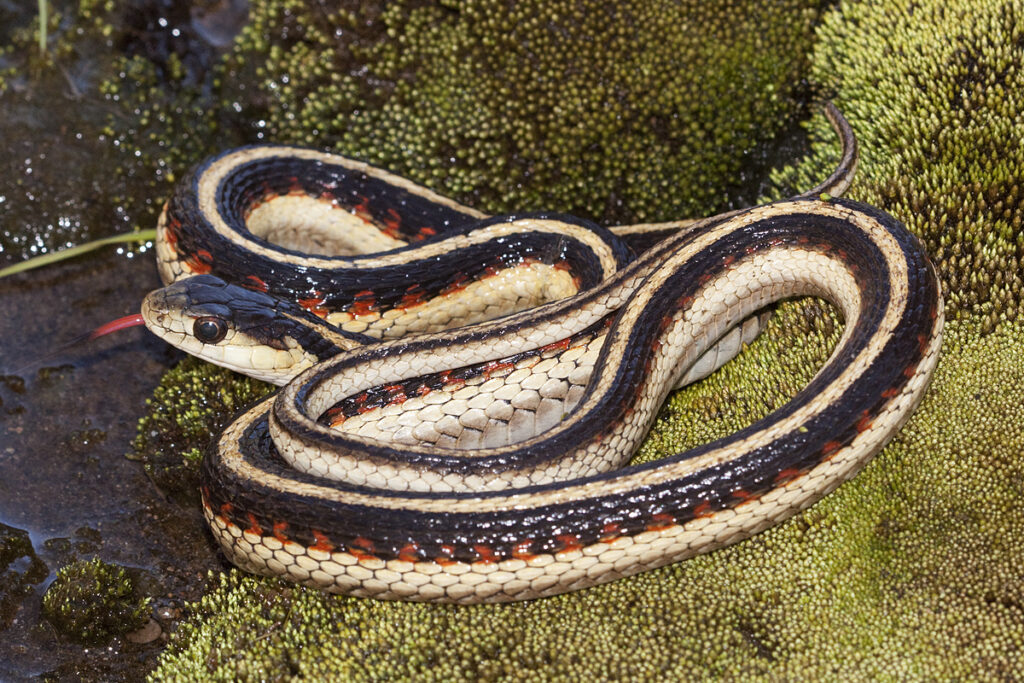
Not all garter snakes display the same level of docility, with notable temperament variations across different species and regional populations. The common garter snake (Thamnophis sirtalis) generally has the mildest disposition, while the western terrestrial garter snake (Thamnophis elegans) often shows more defensive behavior when encountered.
The ribbon snake (Thamnophis saurita), a close relative sometimes classified within the garter snake group, is known for being particularly flighty but rarely aggressive. Environmental factors also influence temperament—garter snakes from frequently disturbed habitats often show greater tolerance for human presence than those from remote areas with little human contact. These variations remind us that individual experience shapes behavior even in reptiles, and blanket statements about species temperament always have exceptions.
The Impact of Early Handling on Snake Behavior
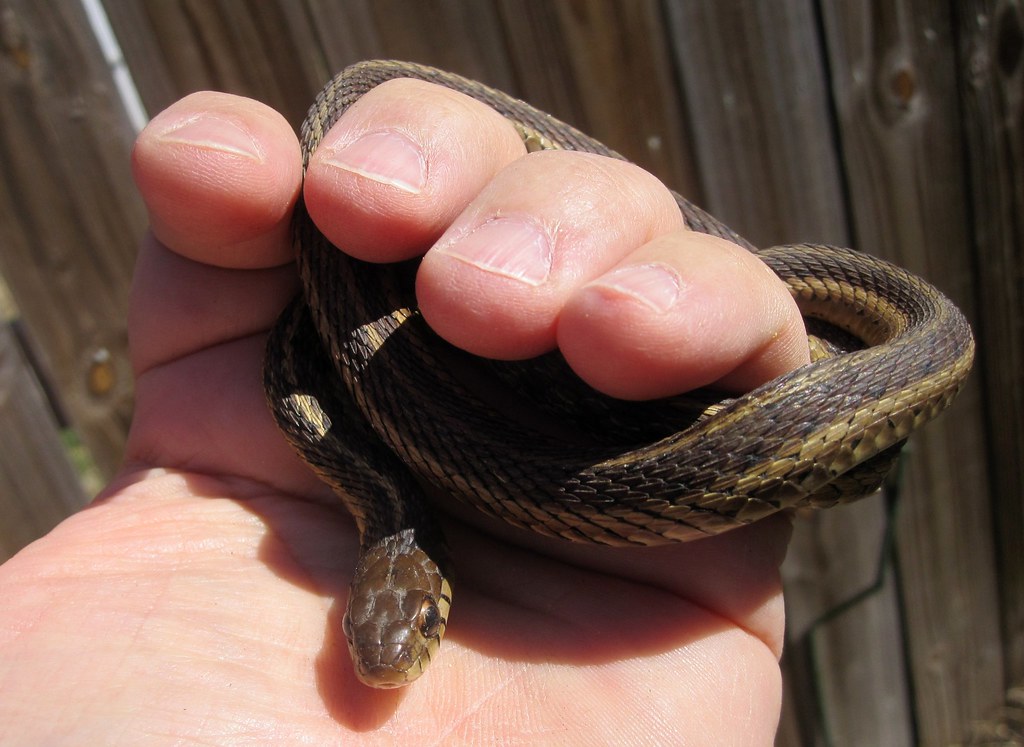
Research and anecdotal evidence from snake keepers suggest that early handling experiences significantly influence how “friendly” a garter snake—or any snake—becomes toward humans. Captive-bred specimens accustomed to gentle handling from a young age typically develop greater tolerance for human interaction than wild-caught individuals. Regular, positive handling sessions that don’t cause stress can condition snakes to associate human contact with neutral or even positive outcomes.
Wild garter snakes that experience rough handling during their first human encounters often develop lasting defensive responses, highlighting that their reputation for friendliness depends partly on how humans treat them. This learned component of behavior suggests that “friendliness” in snakes is somewhat plastic and influenced by experience rather than being purely innate.
Garter Snakes and Children: First Snake Encounters
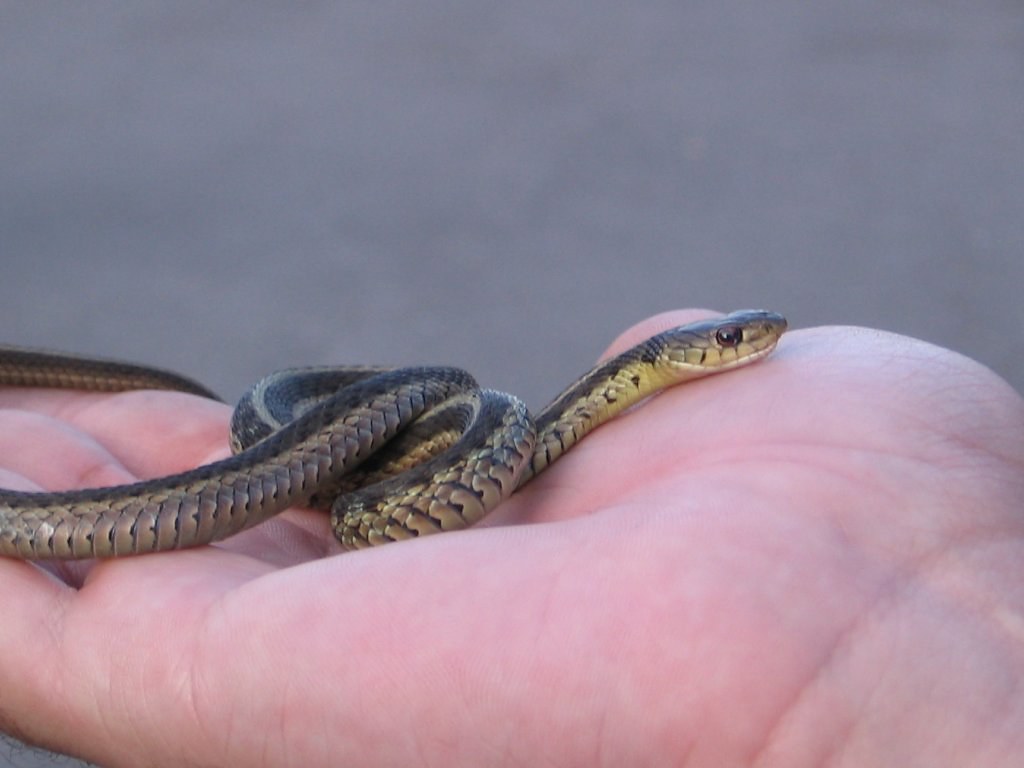
The relationship between garter snakes and children forms a significant chapter in American natural history and outdoor education. For generations, these small, non-threatening snakes have served as many children’s introduction to the world of reptiles. Their abundance in suburban and even urban environments makes them accessible wildlife encounters, and their manageable size and generally mild temperament make them appropriate for supervised handling by curious youngsters. Many herpetologists and wildlife biologists trace their early interest in reptiles to childhood encounters with garter snakes. Educational programs often feature garter snakes as ambassador animals, helping children overcome unfounded fears of snakes through positive, controlled interaction with these relatively docile species.
The Ecological Role of Garter Snakes in American Ecosystems
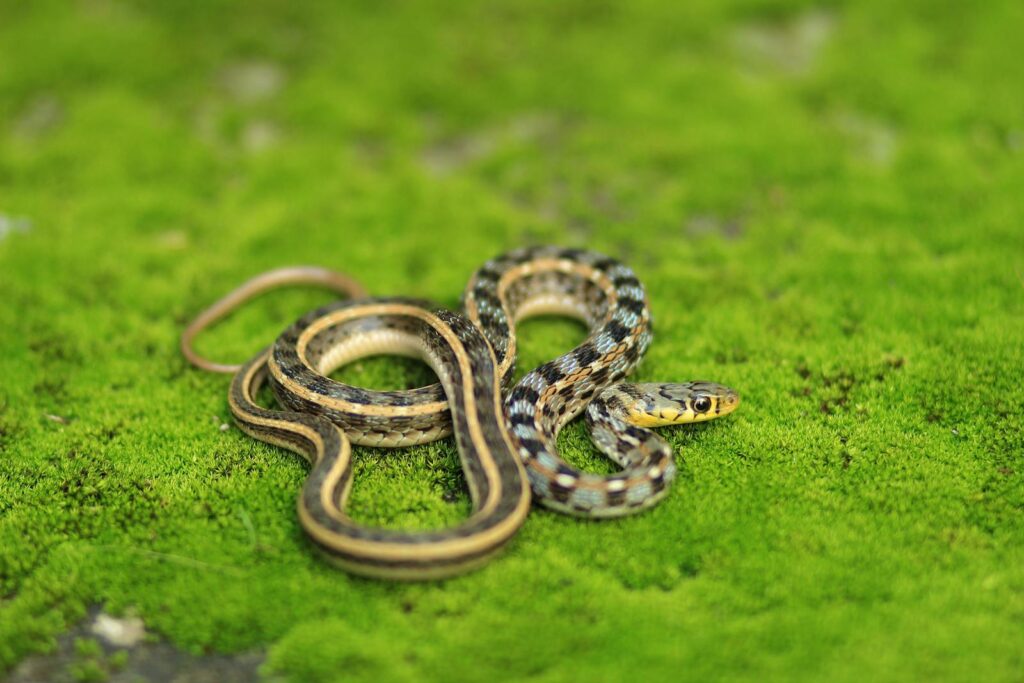
The garter snake’s “friendly” reputation has important conservation implications, as these snakes serve crucial ecological functions in North American ecosystems. As mid-level predators, they help control populations of potential pest species like slugs, leeches, and small rodents, while also serving as prey for larger predators like hawks, owls, and mammals. Their ability to thrive in disturbed habitats makes them important components of urban and suburban ecosystems where other snake species have declined. The relatively positive public perception of garter snakes compared to other serpents often translates to greater tolerance and even protection of these beneficial animals. This ecological significance, combined with their non-threatening nature, creates a uniquely positive human-wildlife relationship that benefits both species.
Cultural Perceptions: How Garter Snakes Changed America’s View of Serpents
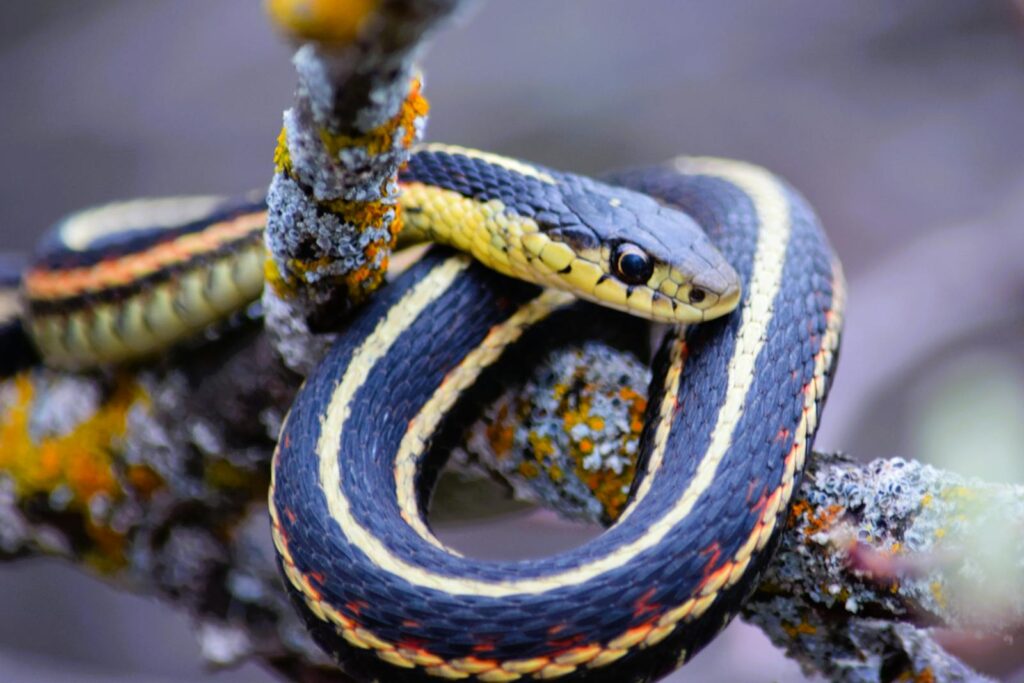
Garter snakes have played a subtle but important role in reshaping cultural attitudes toward snakes in North America. In a continent where European settlers brought deeply ingrained fears and religious prejudices against serpents, garter snakes have served as cultural ambassadors that challenge these negative stereotypes. Their common presence in children’s nature experiences has provided generations of Americans with evidence that not all snakes are dangerous or frightening.
Popular children’s literature and educational materials often feature garter snakes as friendly characters, further cementing their positive image. Through these cultural touchpoints, garter snakes have contributed to a gradual shift in public perception that benefits snake conservation more broadly, as people who develop positive associations with garter snakes often become more tolerant of snakes in general.
The Verdict: America’s Friendliest Snake?
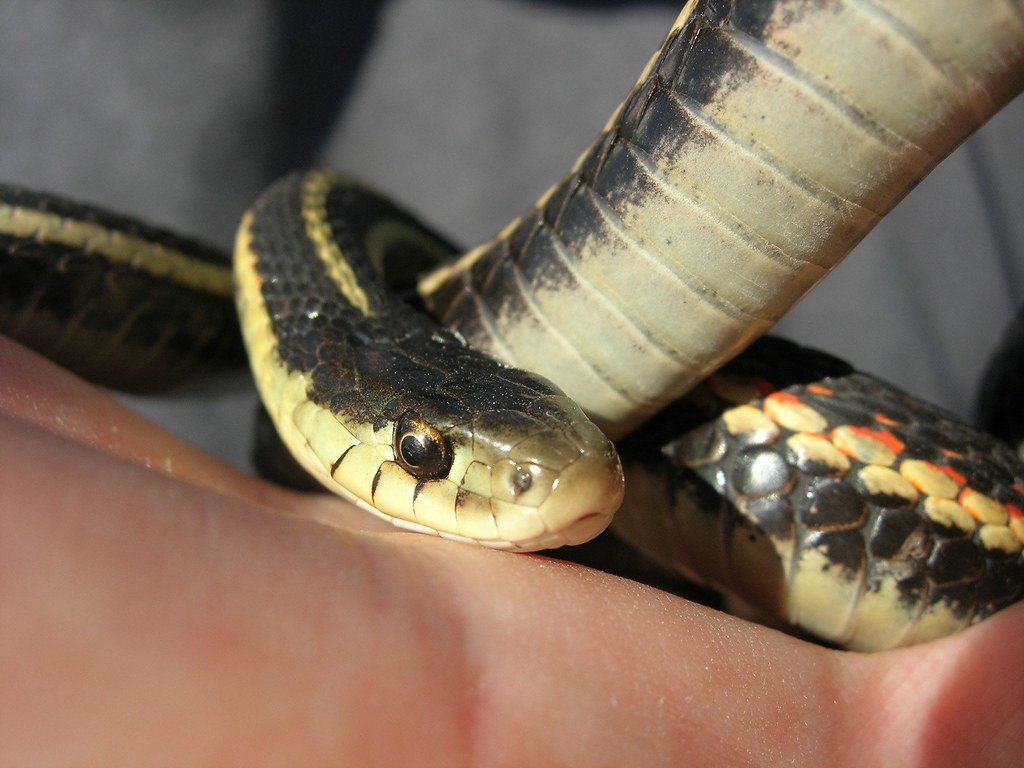
When all factors are considered, garter snakes certainly deserve their reputation as one of America’s most approachable snake species, though whether they truly merit the title of “most friendly” depends on how we define the term. Their widespread presence in human-populated areas, generally non-aggressive behavior, limited defensive capabilities, and ability to adapt to captivity all contribute to positive human-snake interactions.
However, captive-bred specimens of corn snakes, king snakes, and ball pythons often display even greater tolerance for handling and less defensive behavior than typical garter snakes. Perhaps the garter snake’s greatest claim to the “friendliest” title lies not in its inherent temperament but in its accessibility—it has provided more positive first encounters with snakes for ordinary Americans than any other species. In this sense, as America’s snake ambassador, the garter snake may indeed deserve recognition as the nation’s friendliest serpent.
While the concept of “friendliness” doesn’t perfectly translate to reptilian behavior, garter snakes have earned their positive reputation through a combination of relatively docile temperament and their willingness to coexist with humans across North America. Their contribution to changing cultural perceptions of snakes and introducing generations of children to the fascinating world of reptiles cannot be overstated. Whether encountered in a backyard garden or kept as a captive pet, the garter snake continues to build bridges between humans and the often misunderstood world of serpents—a friendly ambassador indeed for its entire taxonomic order.

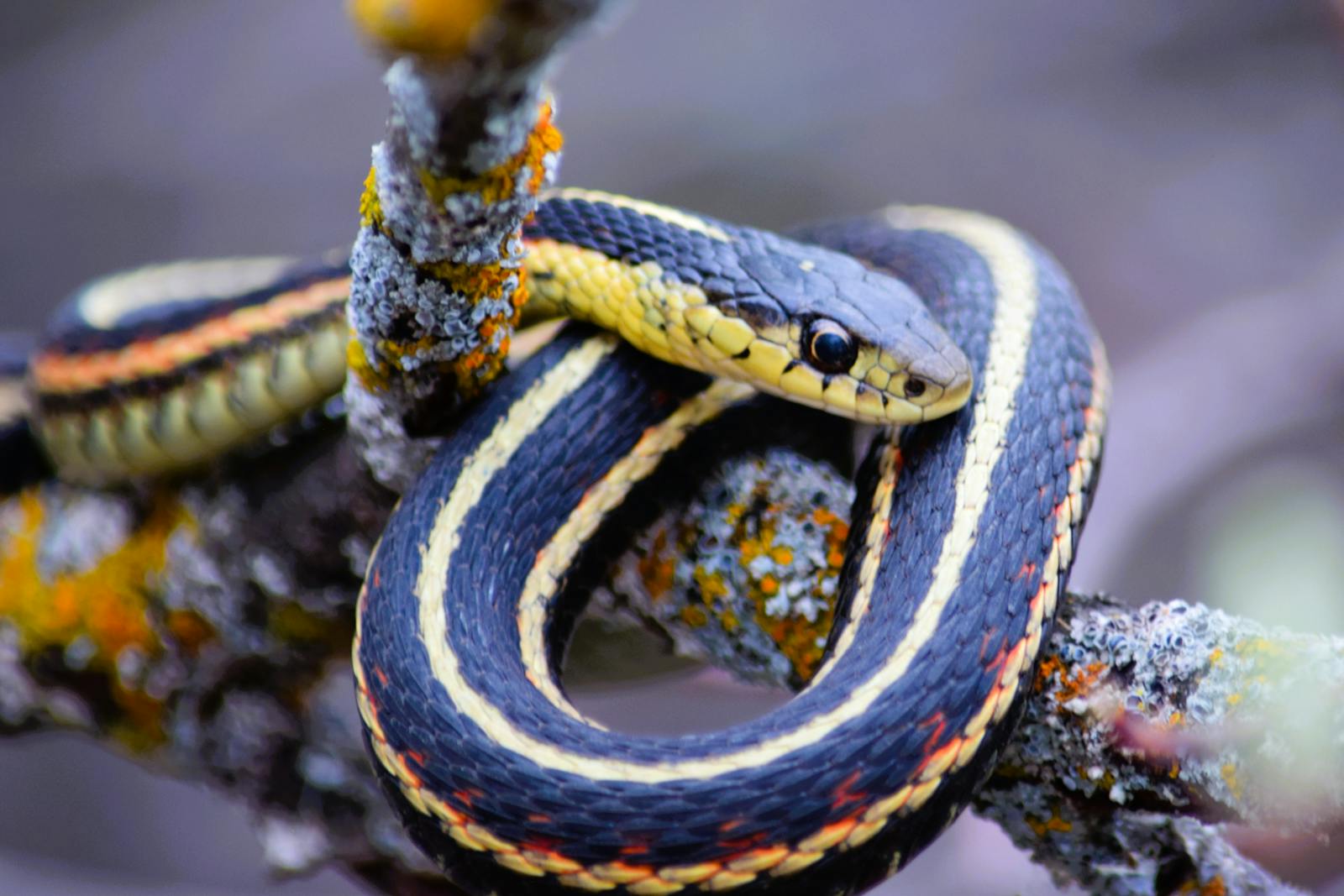


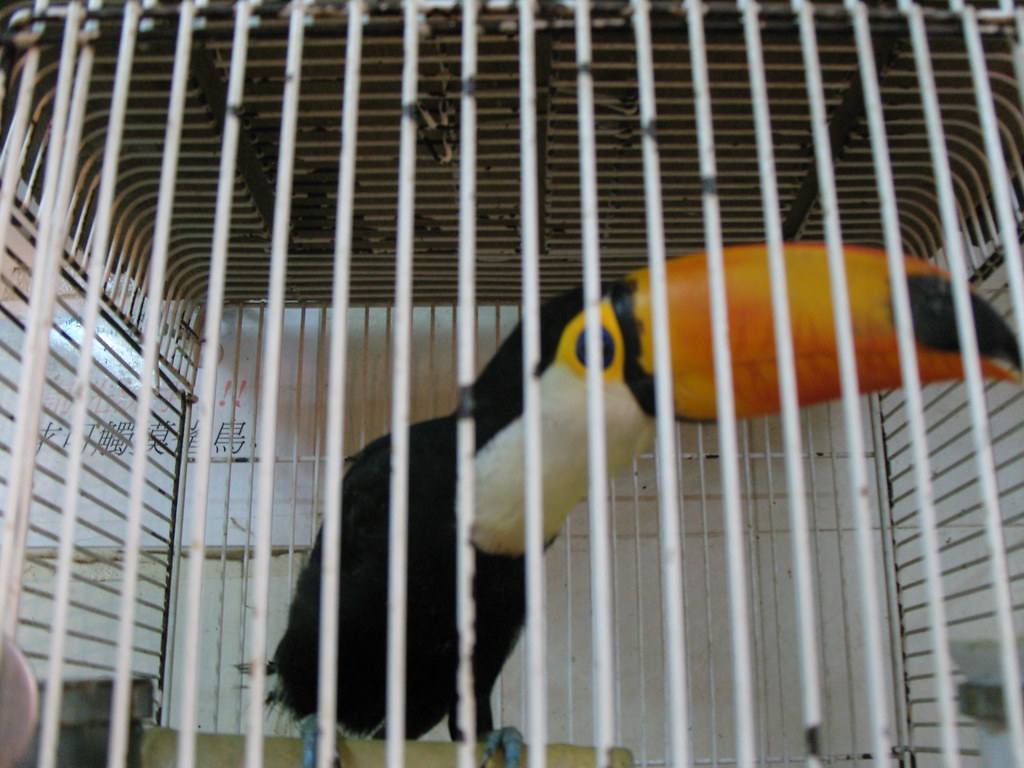
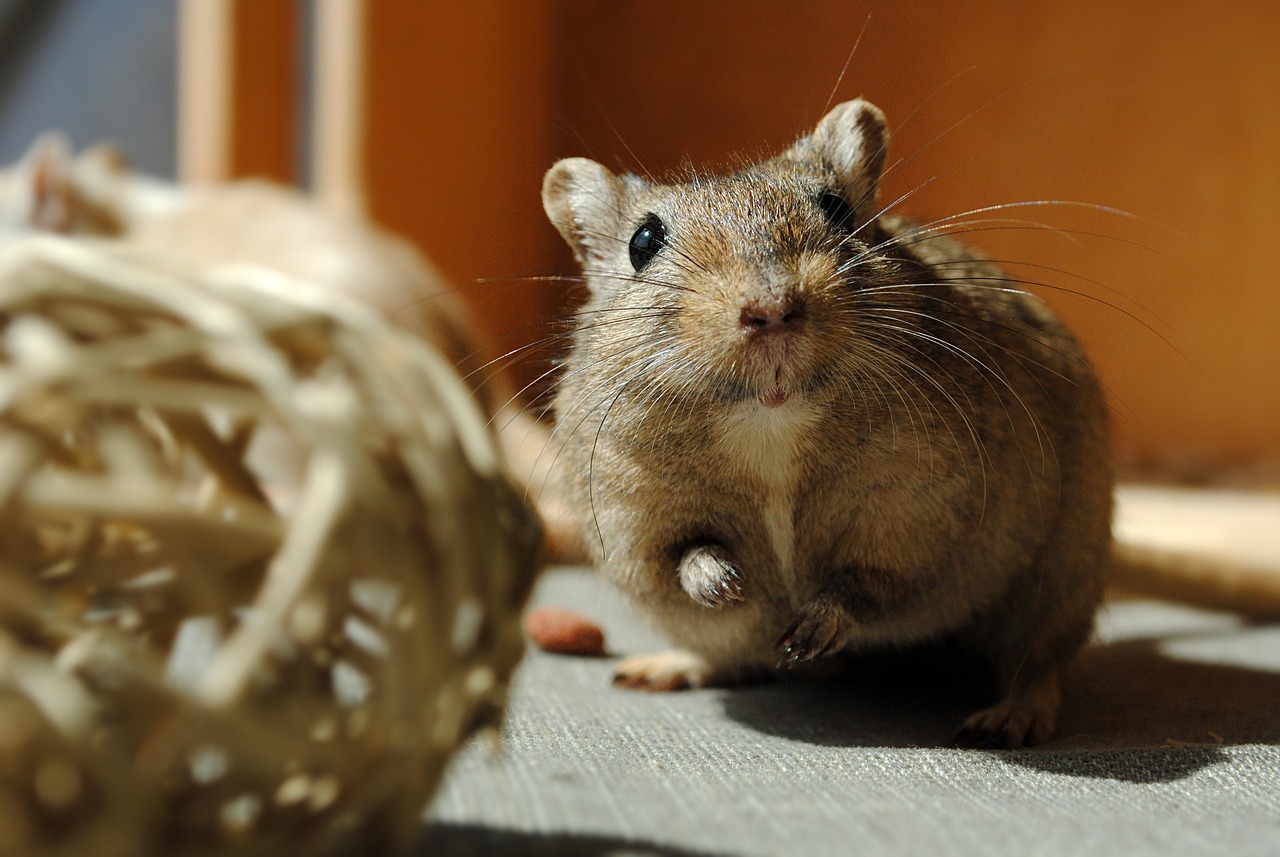
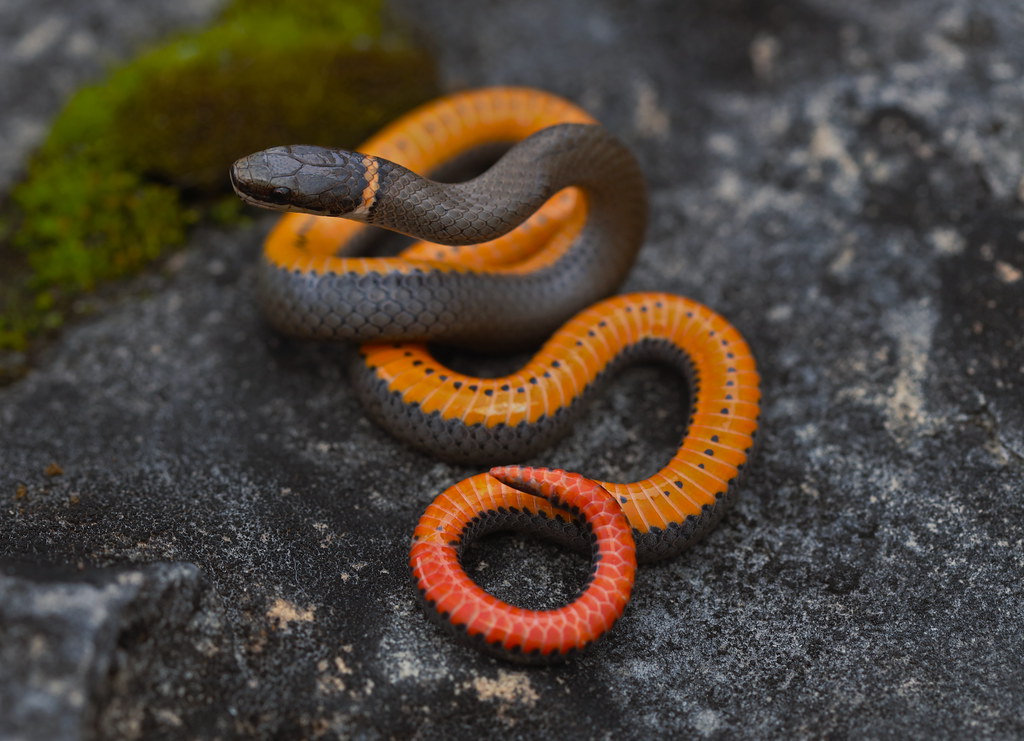
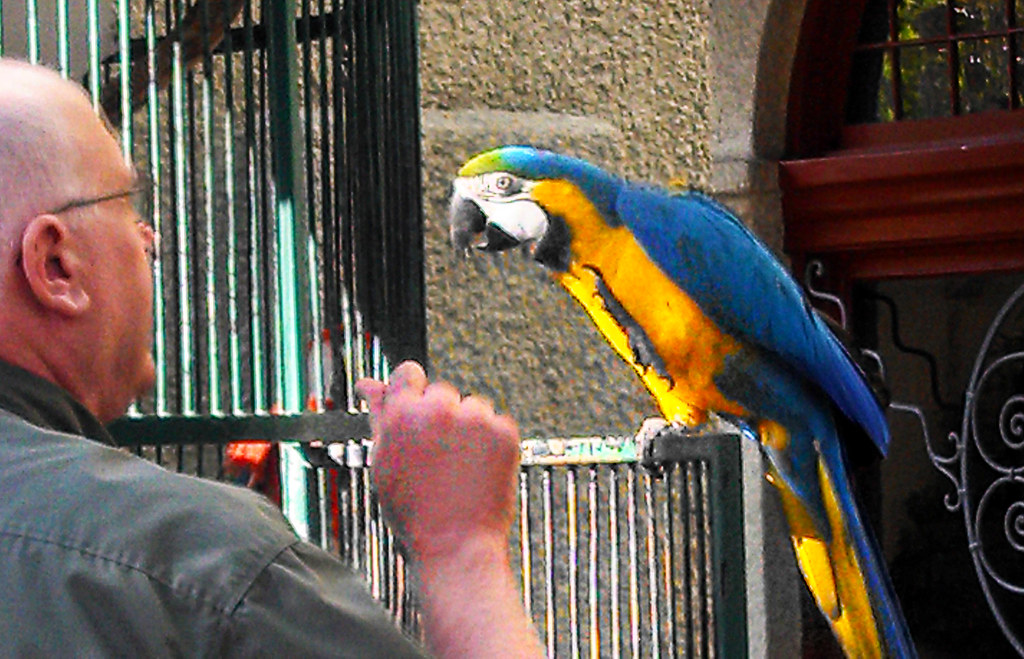
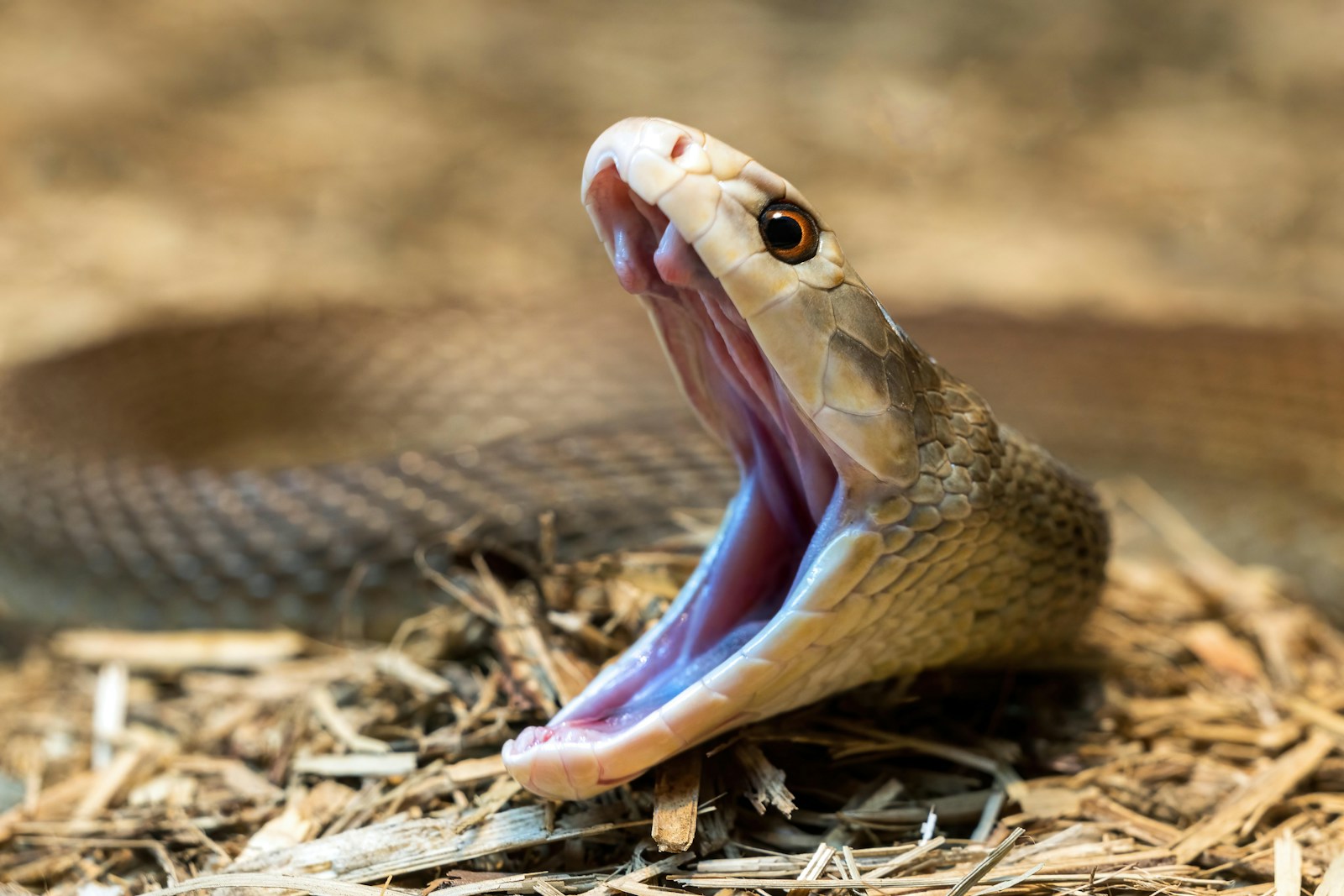
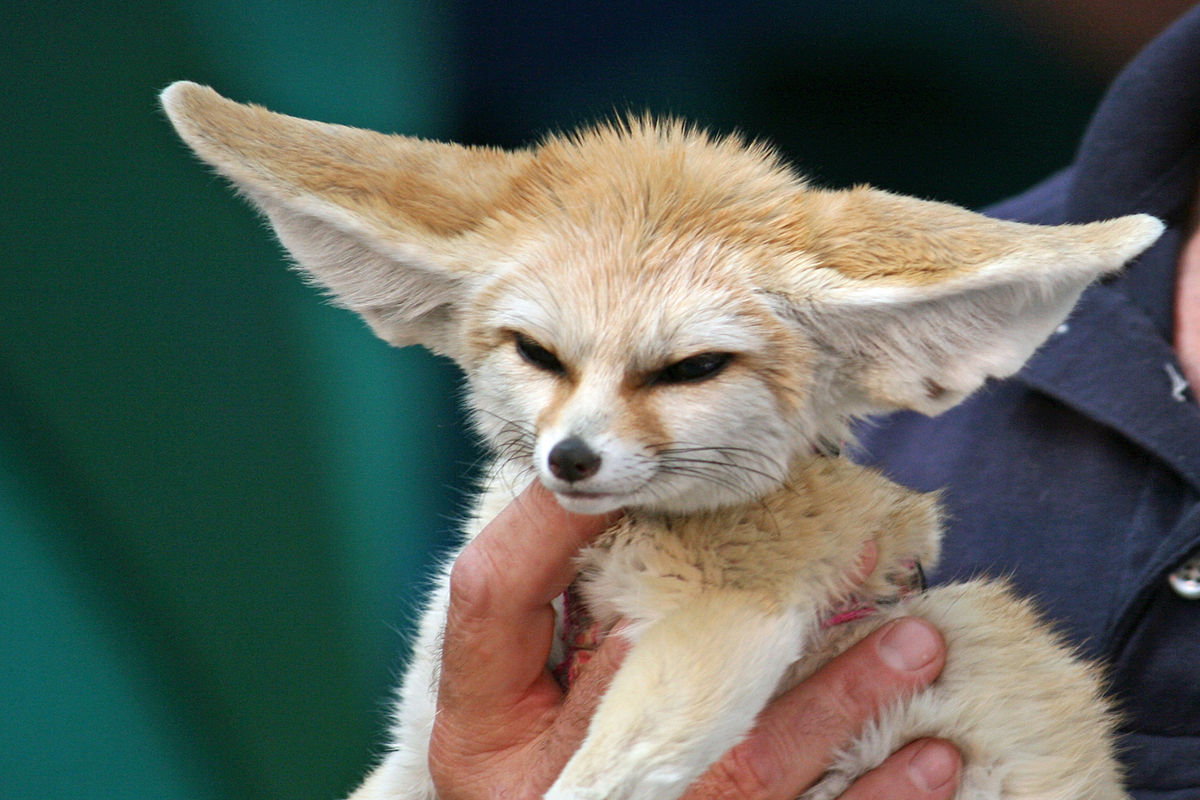
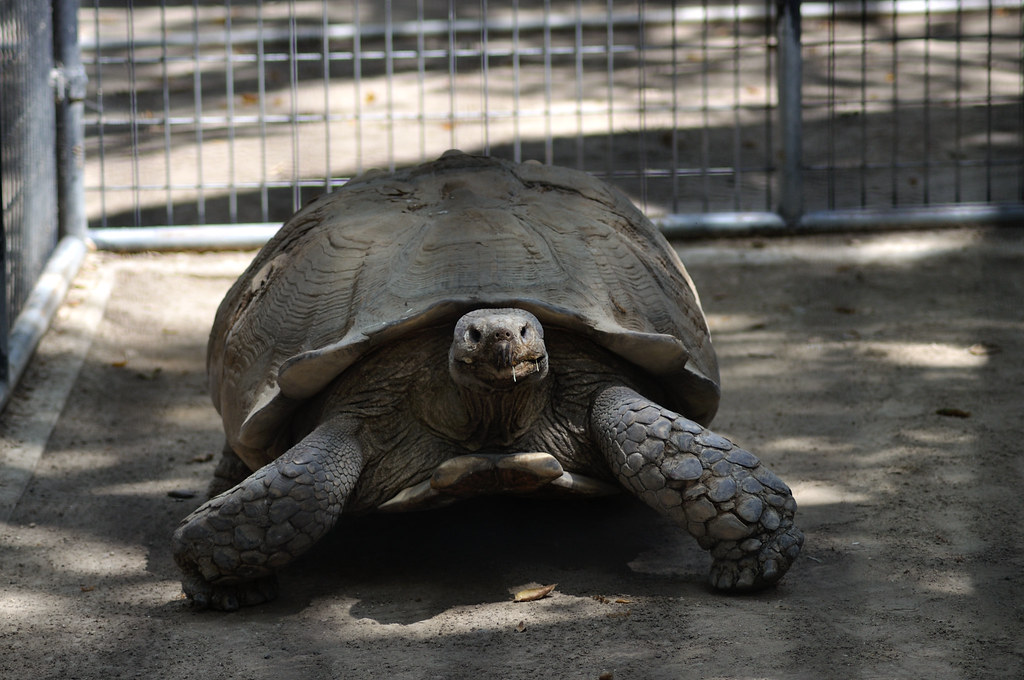
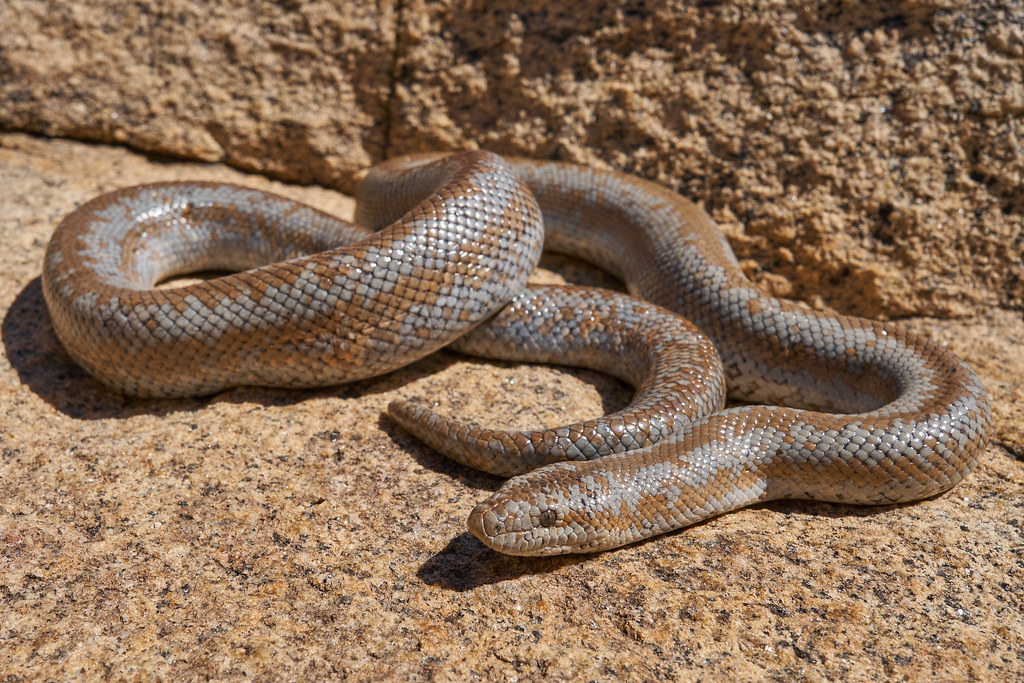



Leave a Reply